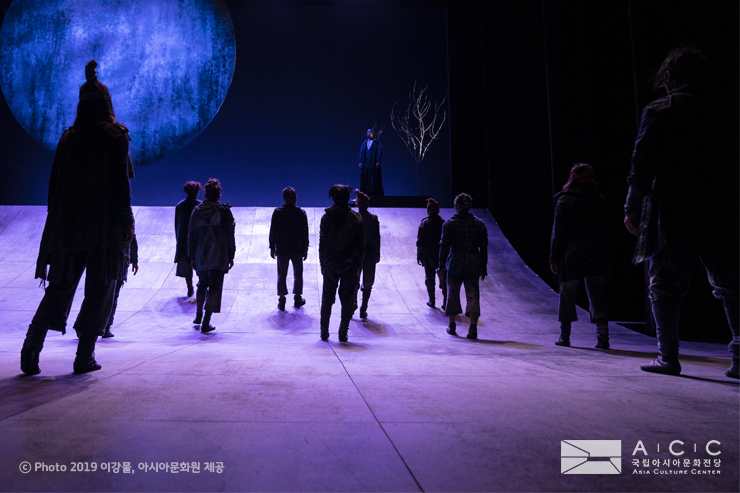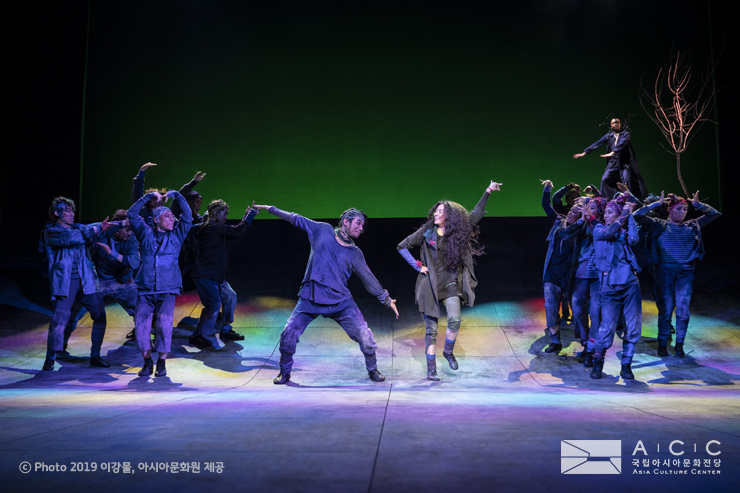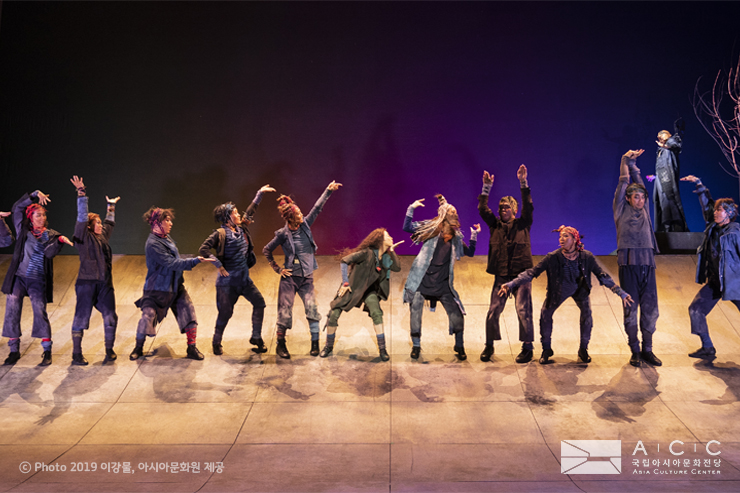The Review: Red Oleanders
- write
- 2019-05-07
Lookup 627
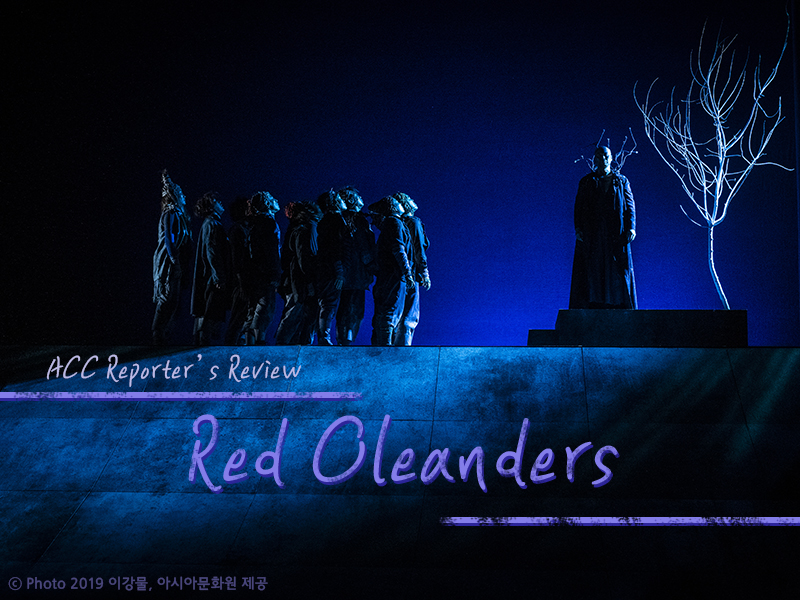
If you are a
book-worm person, you may probably have heard about a lot of Indian famous novels.
One of the popular Indian plays, which is -Red Oleanders (Raktakarabi). It is one
of the more than sixty plays, dance dramas and dramatic sketches by Asian first
Nobel Laureate Rabindranath Tagore. The play, written in 1923-24, was begun
during a visit to Shillong, Assam, and inspired by the image of a red oleander
plant crushed by pieces of discarded iron that Tagore had come across while
walking. A short time later, an oleander branch with a single red flower
protruded through the debris, as if, he noted, created from the blood of its
cruelly pierced breast. It has been suggested that the play’s title might appropriately
be translated as Blood-Red Oleanders to indicate the beautiful but toxic
nature of the flower and its association with beauty and death in the play. The
writing’s process was not a straightforward one and involved some ten drafts
and various titles such as Yakshapuri (a mythical city of unparalleled
wealth) and Nandini (after the heroine who seeks to tear down the
barrier behind which the king is secluded). Curiously, the Bengali version of
the play was staged only once in the Poet lifetime by his family in their
Jorasanko residence, and it was only in 1954 that a successful staging was
accomplished under the direction of Sombhu Mitra Bohurupee Company.
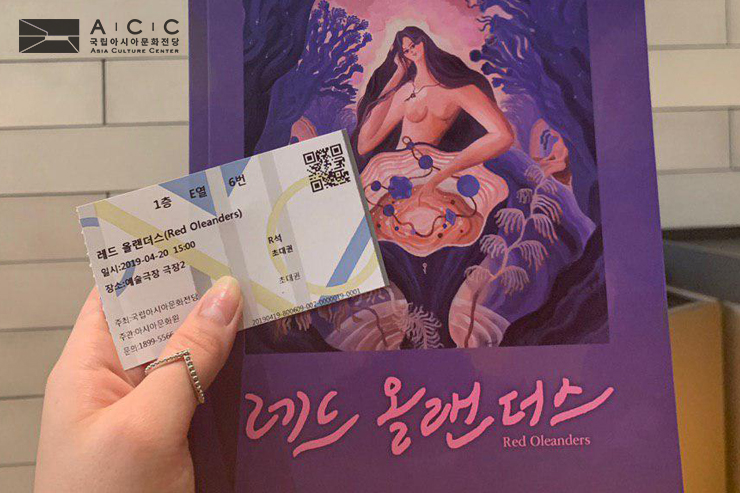
On 20th and 21st April, Asia Culture Center held a ‘Red Oleanders’ play which was by contemporary art director Kim Jong-un. Visitors were so excited to see the play, understand the deep-core meaning of it and also spend valuable time with their friends and loved ones. During the play, it was not hard to see the audience enjoying an engaging play, laughing out loud, worrying for worrisome parts, being happy in happy situations.
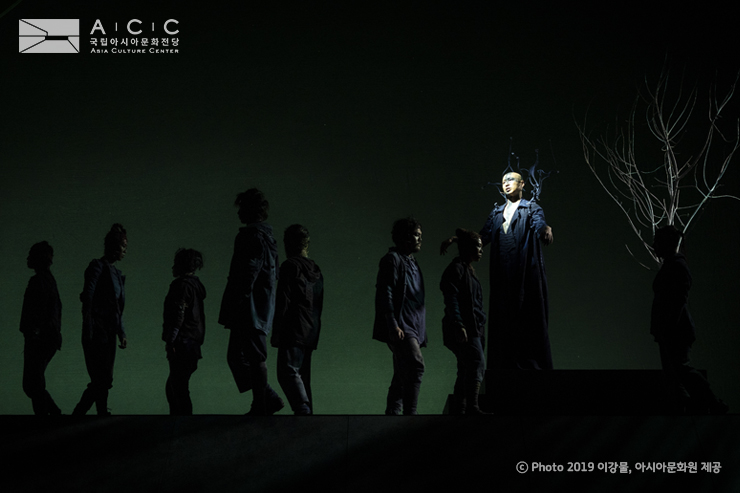
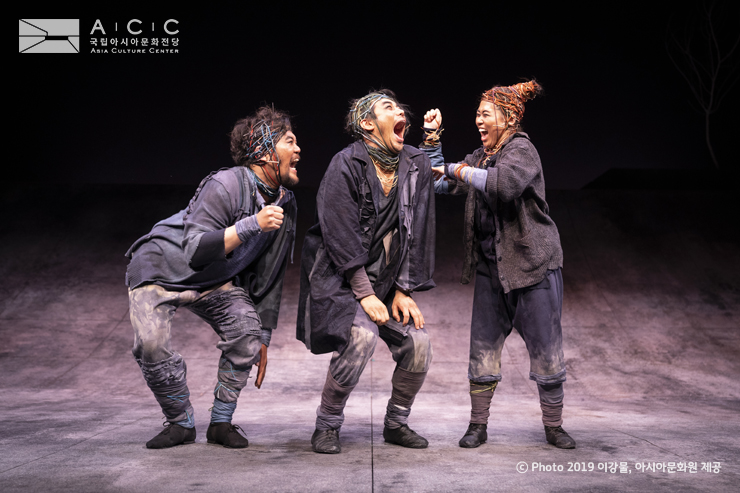
Mainly, the play depicts a paradoxical death for miners trapped in the system of modern civilization and for their desire for freedom to escape. A message of critical reflection of modern civilization 100 years ago and these questions are still valid today. A humorous look at the symbolic and connoted meaning of the ambassador, an exaggerated movement.
It's delightful, explosive energy that the audience sees as the ridiculous shape of the human army and the way to freedom. You feel the excitement and waiting. A city of darkness called the number instead of name and can only survive by constantly digging for gold in a dark cave. People in this city are living a life of meaningless repetition without any hope or expectation for a new life. They are not allowed to reminisce about their beautiful lives or even mourn over their hometowns.
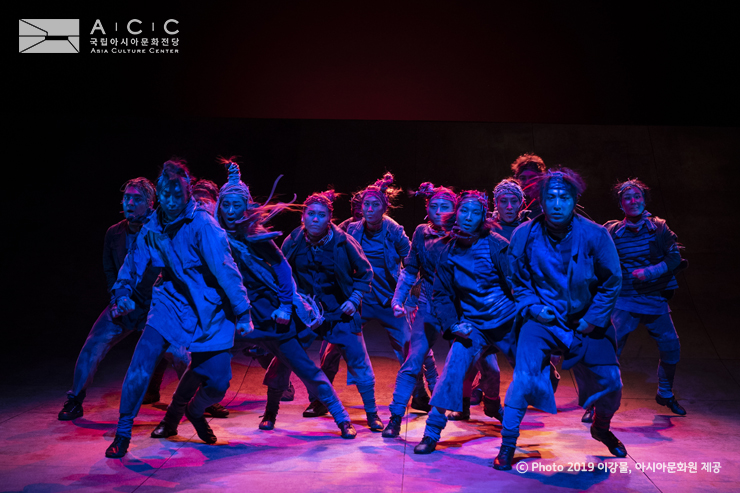
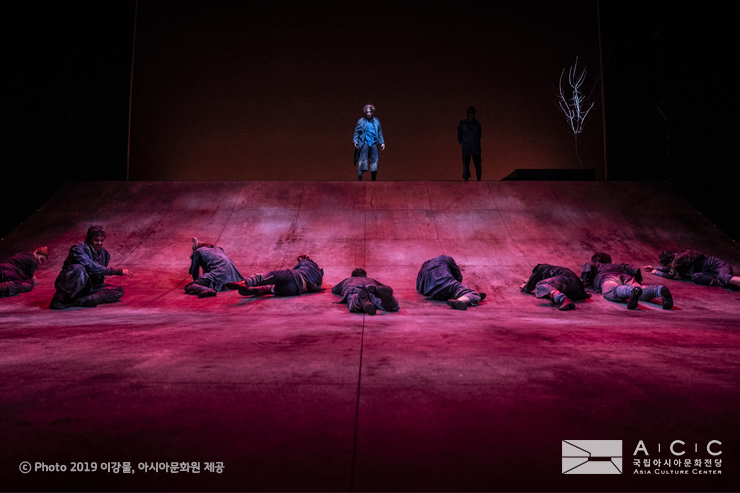
It is rather distressing to dream of a shiny life filled with the joy of life, so they crawl into their own nets and hide. One day, a ray of light leaks into this dark city without light. ‘Nadi?’ shown strapping on rosebay flowers red all over the body foster beauty is hopeless in this city forgotten her. She spreads the hope that 'Lone Zone' will wake up the city's dormant heart and lead everyone to bright light. Rumors of 'Lone Zone' agitate people and its origins in change create cracks in the tightly bound city's governing structure.
The city's rulers take advantage of this turmoil to take advantage of the next generation of vaginal governance as an opportunity to heat up. Those who dreamed of hope by Nandini are thrown into the king's net and sacrificed. Nandini shakes his head before his helplessness as he sees the hope he brings burning with despair.
